Beyoncé Just Covered the Beatles In the Most Authentic Way: By Honoring Black History
Share
Explore Our Galleries
Breaking News!
Today's news and culture by Black and other reporters in the Black and mainstream media.
Ways to Support ABHM?
By Garrison Hayes, Mother Jones
Beyoncé’s new genre-defying (but country-forward) album Cowboy Carter dropped overnight. The internet is now poring over track choices, hidden meanings, and symbolism to add to Beyonce Lore.
One such choice is the cover of The Beatles’ iconic song “Blackbird”, from the White Album, as the record’s second track. Trust Beyoncé to re-issue a song so redolent with Black history: The song was written about the Black Liberation struggle of the American civil rights movement.
[…]
In particular, McCartney was inspired by the Little Rock Nine, a group of Black students who enrolled in Little Rock Central High School in 1957, after Brown v. The Board of Education heralded the start of school desegregation. On the eve of the teenagers’ first day of school, the Arkansas governor, Orval Faubus, sent in the state’s national guard to stop them, sparking a standoff and legal battle that lasted weeks. Eventually President Eisenhower federalized the National Guard and sent troops to protect the teenagers.
See the video and finish the article.
ABHM honors black history with our online exhibits.
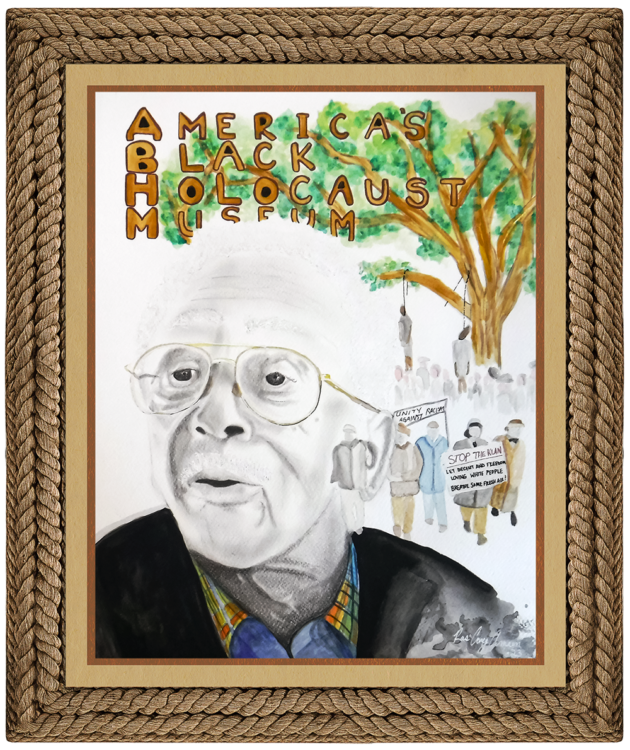
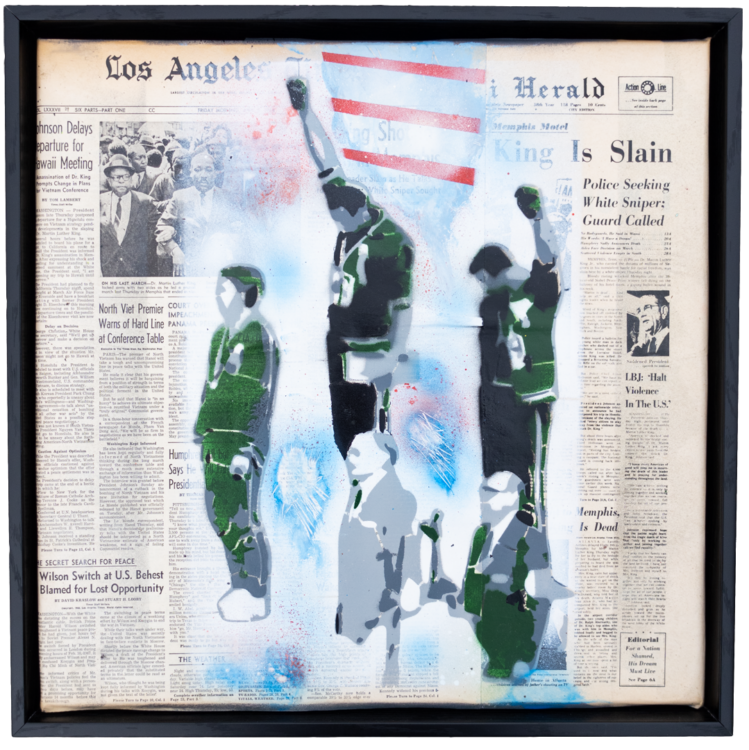
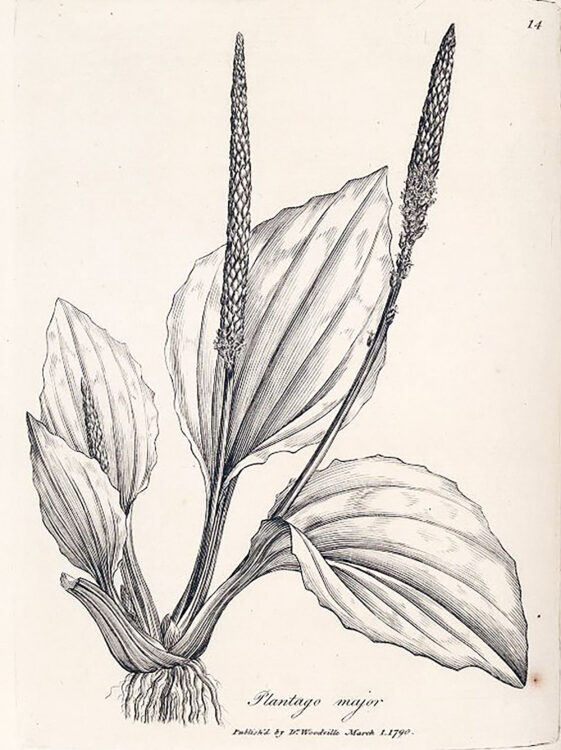
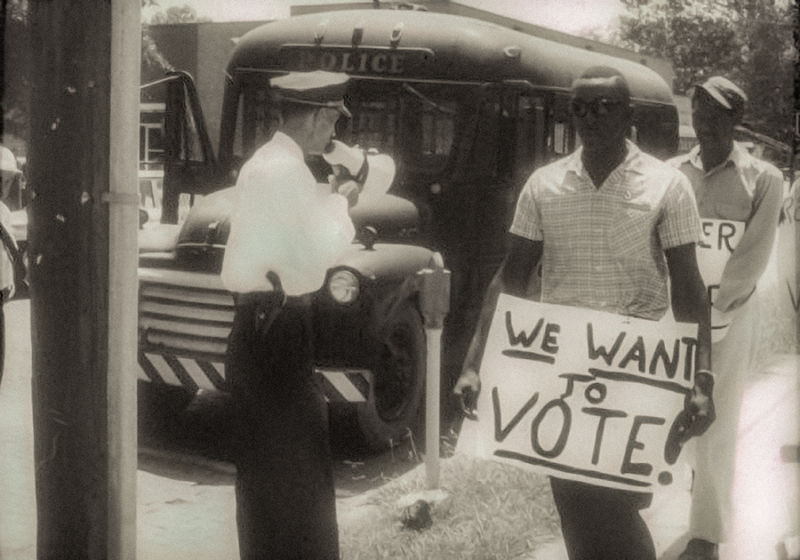

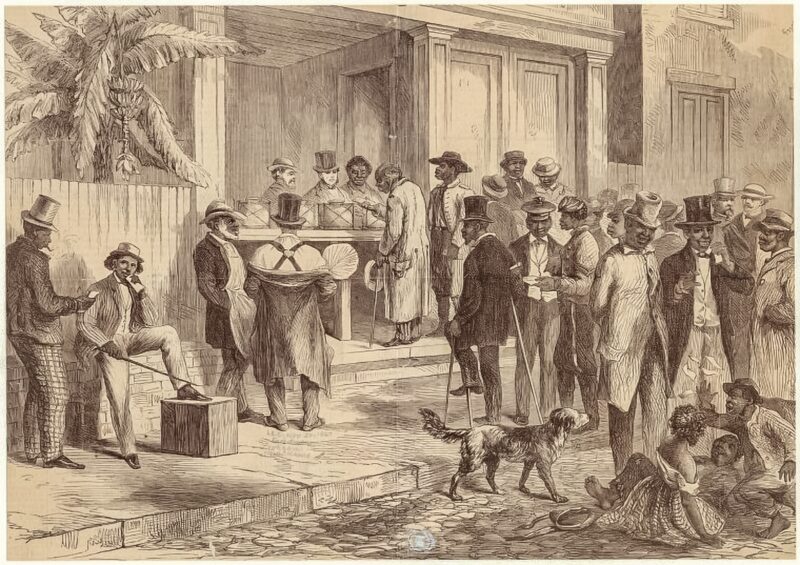
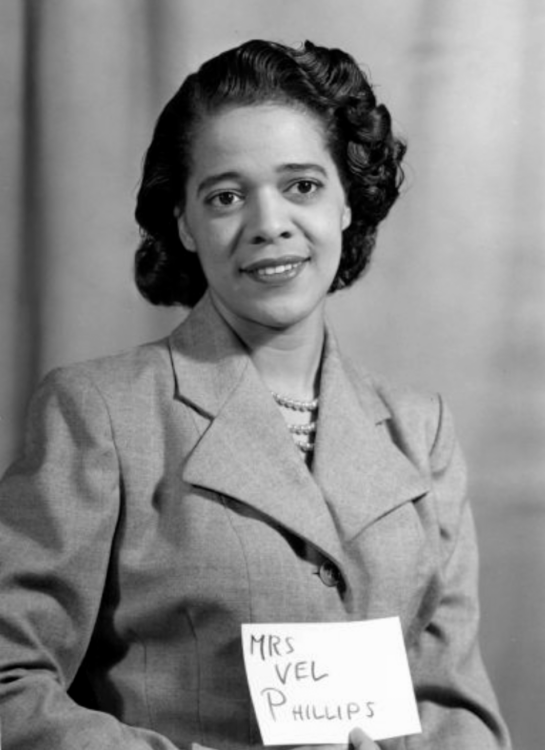
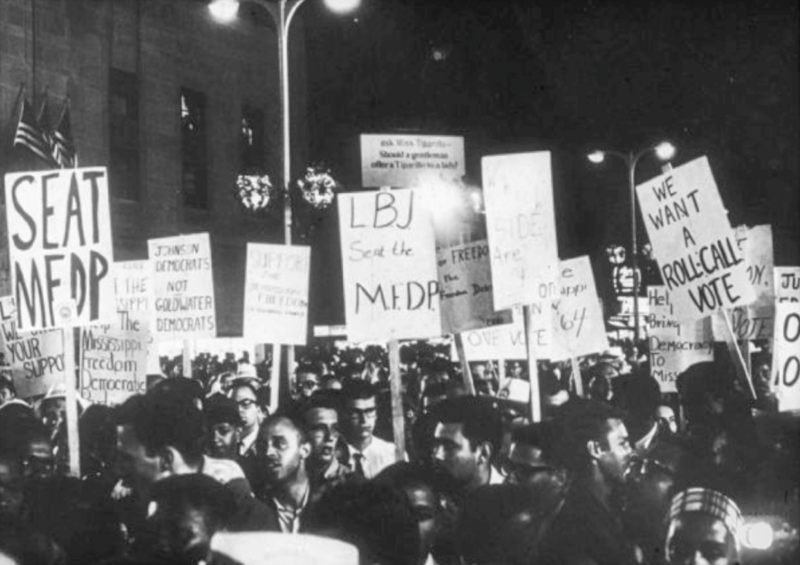
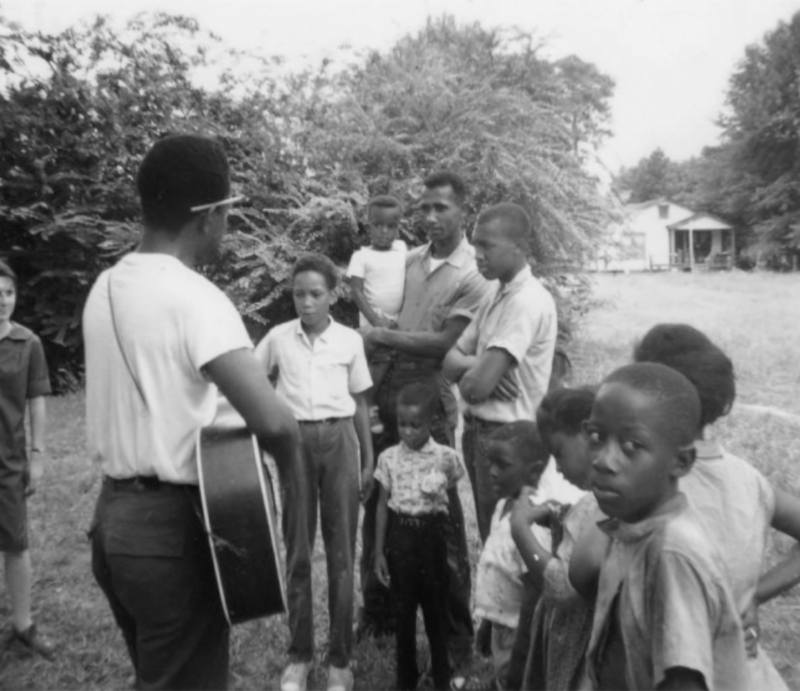
Comments Are Welcome
Note: We moderate submissions in order to create a space for meaningful dialogue, a space where museum visitors – adults and youth –– can exchange informed, thoughtful, and relevant comments that add value to our exhibits.
Racial slurs, personal attacks, obscenity, profanity, and SHOUTING do not meet the above standard. Such comments are posted in the exhibit Hateful Speech. Commercial promotions, impersonations, and incoherent comments likewise fail to meet our goals, so will not be posted. Submissions longer than 120 words will be shortened.
See our full Comments Policy here.